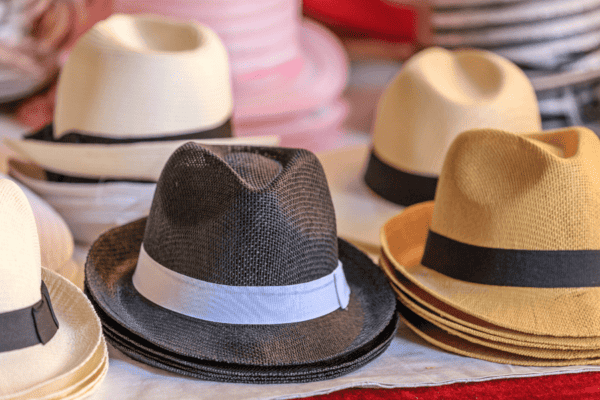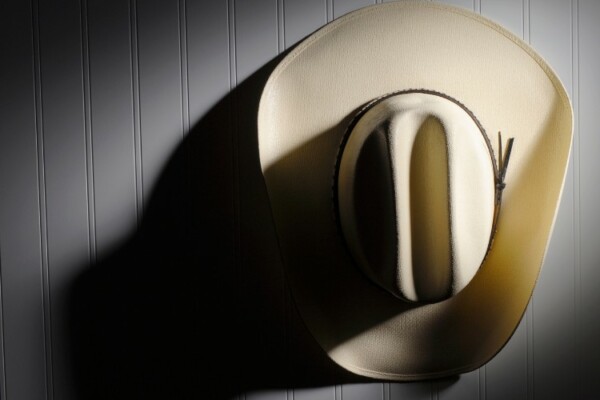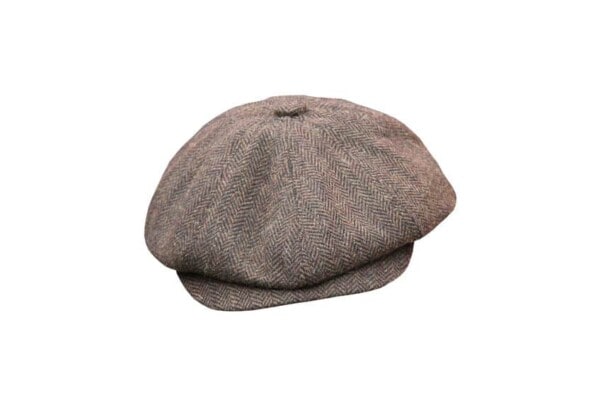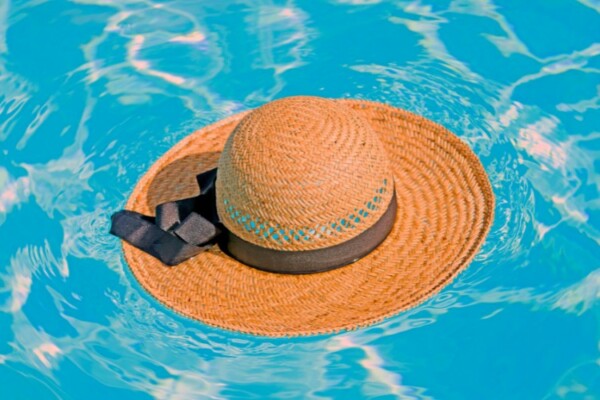Hats have been iconic, irreplaceable articles of clothing for many centuries. Yet, there’s always been a divide between the education system and its students over whether or not students should be allowed to wear hats in school. Many teachers believe hats are distracting, but students have their arguments that support permitting the fashion during school hours.
Wearing hats in schools has both pros and cons; Pros include students staying warm, looking unique, hiding messy hair, and showing school pride. Cons include hats creating distractions and hiding students’ faces from security cameras.
Throughout this post, we’ll cover several reasons students believe they should be allowed to wear hats in school. We’ll also discuss a handful of disadvantages to wearing hats inside classrooms and the specific reasons schools prefer to have them banned.

Pros of Wearing Hats in Schools
Wearing a hat to school is a fun choice for many students because it lets them feel good about themselves. Whether they’re covering messy hairstyles, staying warm, or mixing their wardrobe, hats have their place in society. Many students feel hats have their place in school, too, and offer several reasons for why they should be allowed to wear them.
- Hats add style to your wardrobe. There’s no denying the fact that hats are stylish, especially when combined with the proper clothing. If you want to boost your outfits or change your look every once in a while, wearing a hat to school is an excellent way to add variety to your clothing and fashion style.
- Wearing a hat can hide a bad hair day. Fenton InPrint argues hats can cover messy hair. You can’t always wash and style your hair every morning, especially if you wake up late or don’t have enough time to spare. Toss on a hat and enjoy an instant upgrade to the bedhead you’re dealing with.
- Hats keep people warm throughout the year. BHS Insight claims one of the primary reasons students want to wear hats is they’re cold inside classrooms. Wearing caps, beanies, and other low-profile hats can keep you warm without becoming a distraction. Plus, it’s easily removed if you’re inside a warmer classroom.
- Headwear is another way to let students feel unique. Students like to feel special about themselves and create ways to get noticed. Wearing a hat is a great way to stand out from the crowd and feel like a true individual. Beyond wardrobe accentuation, the right hat can make a real statement about your unique personality.
- Hats can show school pride. Many schools have a blanket ban on hats. This is because it’s easier to keep inappropriate slogans or logos off school premises that way versus trying to regulate what’s appropriate, as this may come with some First Amendment debates. One compromise is to permit hats that have the school’s logo. This way, students promote school spirit while enjoying the benefits of wearing a hat.
Cons of Wearing Hats in Schools
Students think this is a jail-like issue since they aren’t given the freedom to do something as simple as wearing a hat. However, many schools argue wearing hats in schools distracts from learning and creates issues in student safety.
Here’s a list of cons of wearing hats in schools and why some schools disallow them:
- Many schools frown upon people wearing hats because they’re seen as a distraction. According to the Washington Post, many education systems view all headwear as disruptive. For one, hats can block a student’s view -either the wearer’s or someone seated behind them. Perhaps most notably, if most or all students wear a hat, teachers may have a difficult time identifying their students. This leads to the next con:
- Students wearing hats are harder to identify in security footage if something goes wrong. One reason many educators keep hats banned is that they block student’s faces from security cameras. This prevents schools from protecting their students and tracking them in case of emergency. It could also encourage more mischievous students to break school rules, as they know they’re likely to get away with it.
- Some hats may offend religious, political, or other personal ideologies. This is a matter of dress code, no different than wearing an offensive shirt with expletives written on it. Such rules exist to keep students from offending one another and causing conflict. If you’re allowed to wear a hat to school, avoid promoting controversial topics in either direction…even wearing the ‘wrong’ sports team could create an argument!
- You can’t style your hair if you’re wearing a hat. Styled hair makes you look more put together, and for many teachers, your appearance is a reflection of your attitude toward school and how serious you are about being successful. Though wearing hats may be part of your signature style, consider wearing a hat only when you have messy hair or want to show some school spirit; Otherwise, styling your hair is an excellent alternative.
- Not all hats are classy, thus going against the sophisticated image many private schools try to uphold. Education World complains that dress codes are going out of the window, with schools relaxing rules far more than they should. Indeed, these old-school views have merit and should remain in place, as they discourage students from intentionally becoming a distraction or pushing the rules.
Understandably, schools are more concerned with teaching their students. Dress codes are in place to keep everything uniform and as conflict-free as possible, so students can focus on their studies – not on the latest fashion trends and other distractions.
Unfortunately for students, this means there’s little ground for them to push for their hat-wearing desires. A few schools are loosening their policies, but it’ll likely be a long time before hats are no longer banned in most education systems worldwide.
Should You Wear a Hat to School?
There are many reasons to wear hats in school, at work, and more. We’ve discussed the advantages and disadvantages of wearing headwear to school, so it’s time to decide which is right for you. Ask yourself the following three questions to determine if you should wear a hat to school:
- Does your school allow you to wear hats? It’s important to know what your school’s policy is on wearing hats. If you own headwear that violates your school’s dress code, you shouldn’t try to push the boundaries and wear it anyway. Find the fine print to know what, if any, specific types of headwear you can bring. For example, some schools allow beanies on days with cold weather.
- Is your hat controversial or distracting? It’d be best to leave massive, disruptive headwear at home. Also avoid anything that could make someone mad, sad, or experience another negative emotion. Such unnecessary provocation could get you in trouble with the school, even potentially sent home for the day.
- What is your primary reason for wearing a hat? Is your hat for warmth, style, or something else? If you want to wear a hat to gain celebrity-like attention or make people laugh, it’s probably not the best idea. On the other hand, wearing a hat for style or comfort is acceptable reasoning.
If you’re not allowed to wear hats at school, try talking to your school board about why they’re not allowed. Though keep in mind, the debate may need to be addressed continually for quite some time and require substantial support, like the student council, or a large percentage of the student body, for example.
Conclusion
Wearing hats in school can help keep you warm or feeling stylish or even prevent people from seeing messy hair in the morning. If your school lets you wear a hat, keep it from being distracting or controversial. The last thing you want is to ruin it for everyone else by having your school impose bans on headwear because of your poor choice of judgement.













